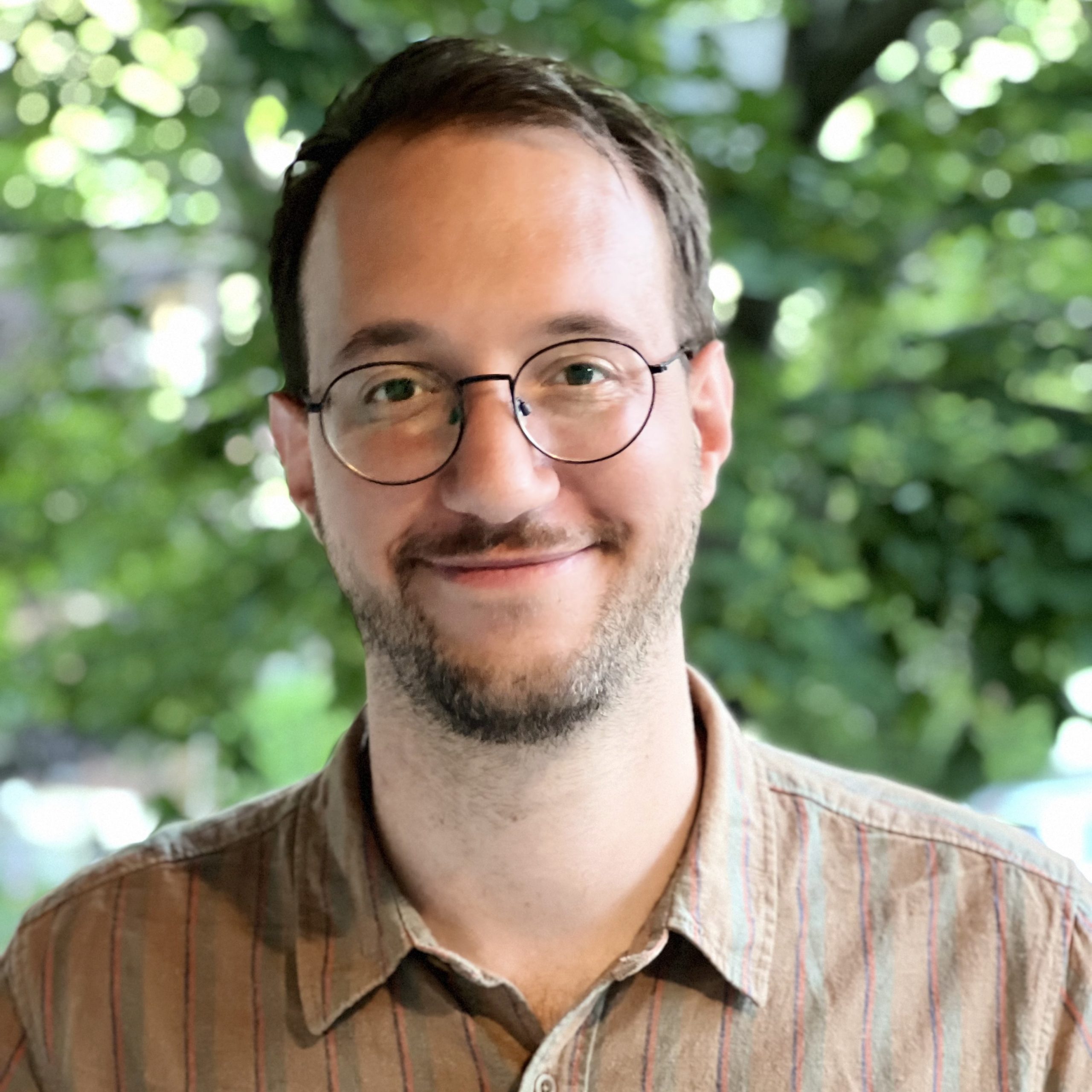
CQE PI Feature – Kyle Serniak
Improving superconducting quantum processors, one qubit at a time
Featured in QSEC September newsletter 2023
Dr. Kyle Serniak, a Member of the Technical Staff at MIT Lincoln Laboratory and a Principal Investigator in the MIT Center for Quantum Engineering, is working to enhance the performance of superconducting quantum devices for computing and sensing applications. These technologies have advanced over the years towards application-scale systems, and in the case of quantum computing this has led to a lot of coverage by popular media hailing the promise of quantum advantage for solving some of the world’s toughest problems. “The optimism that many folks feel is supported by the notion that there’s still plenty of room for improvement, at even the smallest building blocks of the technology,” Serniak says.
In a quantum computer, the equivalent of the transistor that encodes binary information in a typical “classical” computer is called a quantum bit or “qubit” for short. These fundamental building blocks behave according to the rules of quantum mechanics and need to be of high-enough quality to exhibit those effects. One of many hardware implementations being pursued for these building blocks is superconducting qubits — bespoke superconducting electrical circuits, the parameters of which can be precisely engineered for the goal or application. Within this field, unconstrained by naturally occurring qubits, Serniak’s main interests are in asking the question “what’s the best way to engineer a superconducting qubit? In order to do it right, you really need to understand the physics describing the devices,” he explains. This includes all aspects of the hardware, from the materials and processing techniques used to fabricate the qubits, the degrees of freedom in which quantum information is stored, and the best way to perform logic operations. In superconducting qubits, these features are not set in stone.
Serniak started out in research during his first year as an undergraduate at Florida State University. “I didn’t go to college planning to pursue a research career; I just knew I was interested in studying science or engineering. Instead of taking the second-semester chemistry lab section, I had the alternative option to work in a research group, which was an easy choice to make.” Serniak then began working with Professor Al Stiegman, studying the applications of microwave-specific heating to catalytic processes of interest to the chemical manufacturing industry. More interested in physics, Serniak joined Prof. Irinel Chiorescu’s group at the National High Magnetic Field Laboratory in his third year. The group focused on electron spin resonance spectroscopy of exotic magnetic materials, and he was introduced to the experimental techniques used in the superconducting qubit field. “It was those laboratory experiences at FSU that oriented me towards a research career. I never had the dream to become a scientist like some folks do as kids – and it’s important to say that’s not needed to go down this path,” Serniak says.
Next, Serniak completed his Ph.D. in Applied Physics at Yale University in the group of Professor Michel Devoret, who along with others at Yale pioneered much of the superconducting qubit technology used today. His graduate work focused on looking underneath the hood of superconducting qubits, particularly at the mesoscopic superconductivity that underpins their operation. This included building upon a body of work that cross-cuts quantum information science and the detector community to better understand how quasiparticle excitations in the superconducting materials can degrade qubit performance, then developing techniques to probe and mitigate their effects.
Nowadays, Serniak is a Team Lead for the superconducting qubit sub-team of the Quantum Information and Integrated Nanosystems group at MIT-LL, led by CQE members Dr. Mollie Schwartz and Dr. Jonilyn Yoder, which he joined in 2019. Through the CQE, he also has an active role as a research affiliate in the Engineering Quantum Systems Group at MIT, led by Professor William Oliver. In these roles, Serniak leads efforts across the two labs in a variety of topic areas, including developing intrinsically noise-protected superconducting circuits, understanding and mitigating the effects of nonequilibrium quasiparticles in superconducting devices, diagnosing of materials and processing-induced qubit decoherence, and building tailored quantum circuits as probes of mesoscopic physics. They refer to this style of cross-lab collaboration as a “one-team model” working toward common goals.
“It’s really a privilege to work closely with so many scientists across MIT and LL — I find the breadth and quality of the work folks are doing in our team truly inspiring,” Serniak says. In addition to the aforementioned groups, Serniak collaborates closely with MIT professors Kevin O’Brien and Joe Formaggio, among others. “There’s no shortage of great ideas. My favorite part of my role is helping develop those ideas with others – whether it’s helping a student understand something for the first time, or being surprised by some subtlety in the way we typically describe things,” Serniak explains.
Central to this is a culture of active mentorship and collaboration that’s shared across the groups. “We like to emphasize that research is a team effort, be it within your own lab or part of the broader community. We try to instill a willingness to help a lab-mate in need, and normalize the act of seeking out that help. Seeing that in action and contributing to that healthy culture is one of the most rewarding parts of my job,” Serniak says.
Outside of research, Kyle lives in Somerville with his partner, Taylor, and their dog, Jack. He can often be found sipping coffee or playing music.
